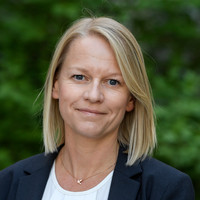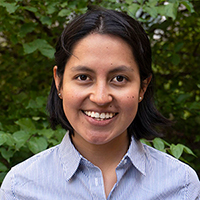Growing ratio of women to men in master's programme recruitment

Female enrollment in the master’s programmes at KTH Royal Institute of Technology has been steadily rising in recent years.
In the most recent count, 38 percent of the master’s students recruited for the 2021-2022 academic year are female. The trend of diversification amounts to a 2-point year-over-year increase since 2018, when the number totaled 32 percent.
KTH’s International Student Recruitment (ISR) office also sees the total numbers of international students rebounding from the pandemic, though enrollment hasn’t yet been restored to the level last seen in 2019. In 2021, 610 fee-paying students were recruited, as compared to 580 the previous year. In 2019, there were about 650 and between 650 and 700 the years prior to the pandemic.
No single factor appears to be driving the continued diversification at KTH, says ISR head Åsa Andersson, but it reflects KTH’s inclusiveness. The university works towards goals for gender equality and internationalization, which represent two of the four pillars in the university’s vision and development plan .
Andersson says that messaging on diversity is a baked into all of the recruitment office’s engagements, which include targeting females in digital ads and organizing events for female applicants, as well as hiring international student ambassadors—many of whom are female—to do personal outreach with prospects.


“Having female classmates is important and we highlight the gender policies at KTH and the women studying and teaching here as part of our communications,” she says. “All relevant agencies, including Study in Sweden, are consistently on message about Sweden’s progressive policies toward gender as well as LGBTQ communities.”
Master’s student Eileen Torres Morales from Colombia, who is studying sustainable energy engineering, says that the female to male ratio was not a consideration when she was comparing universities. “In the technical world, you expect the share of women to be lower,” she says. "but I thought it was exciting to get inside that world—it’s a stimulating challenge.”
Nevertheless, communication with female student ambassadors during the application period did leave an impression.
"KTH has an interesting tool where you could talk to students from your programme and by coincidence the two student ambassadors in my programme were women, so that gave me a little confidence,” Torres says. “They were being positive about the programme and I could relate to them.”
She also was surprised to find that nearly half her professors are women. ”Seeing them in the classrooms has inspired me to follow in their footsteps and become a researcher,” she says, “because their research topics are interesting and they are very much empowered in their area of knowledge.”
David Callahan
